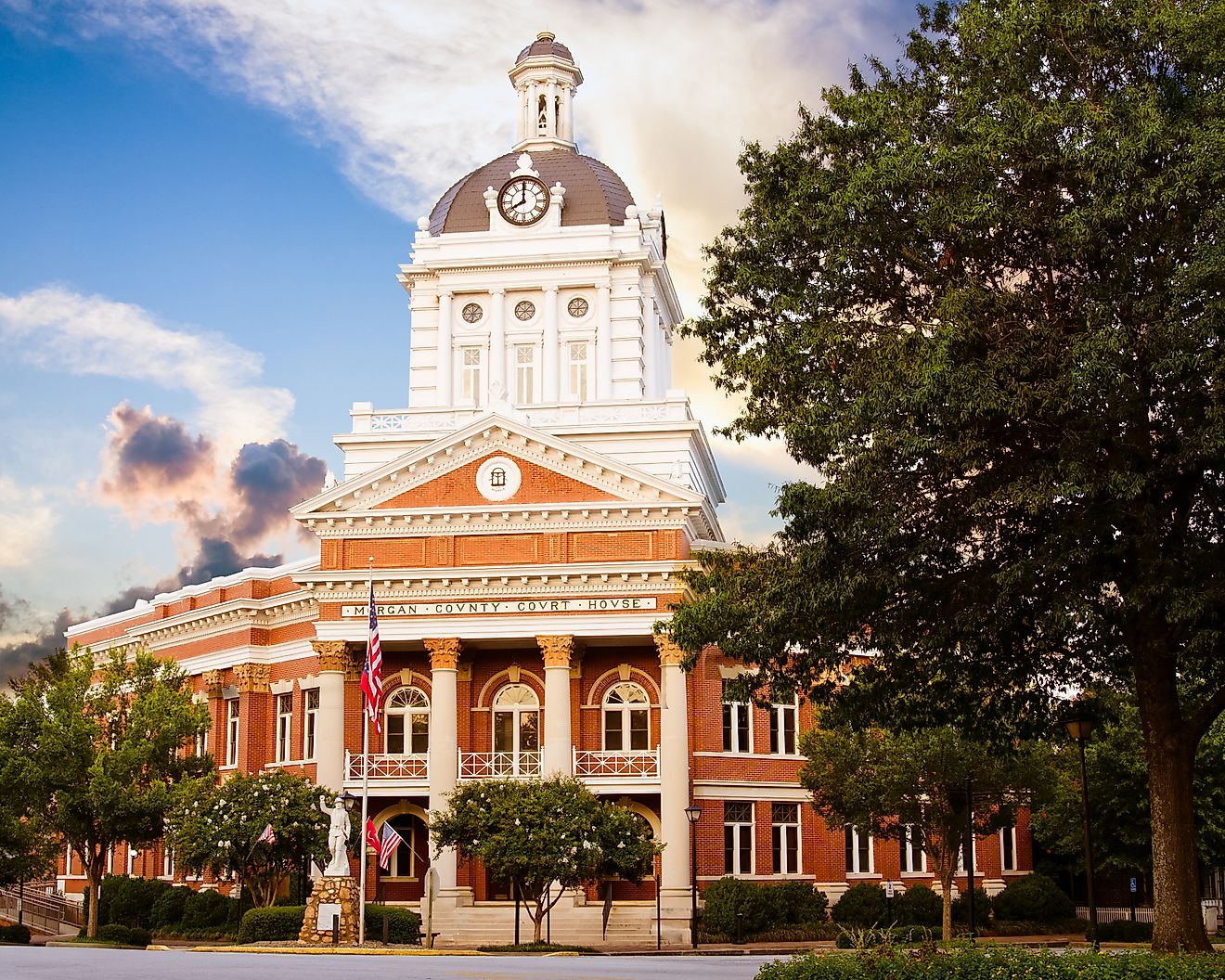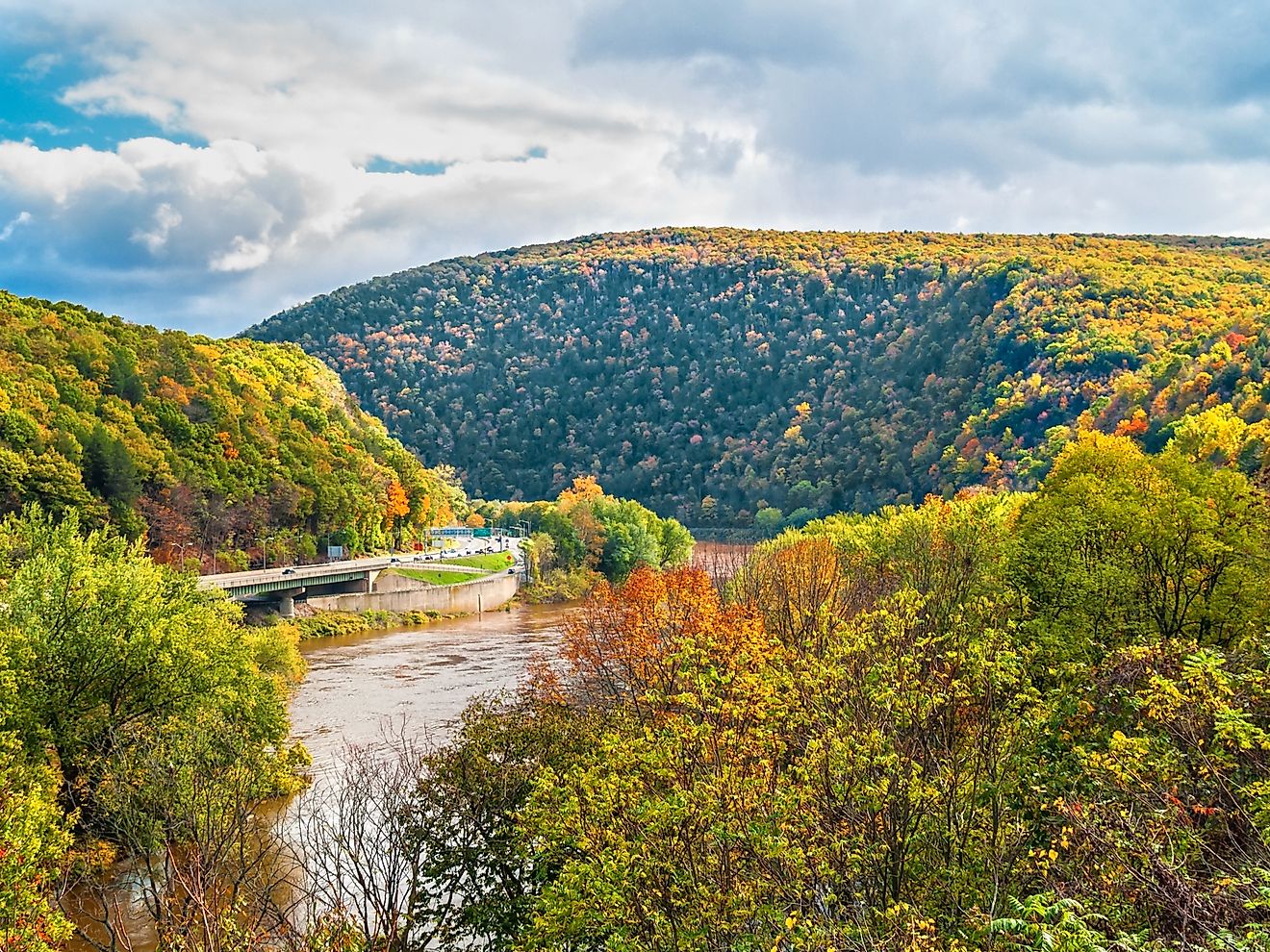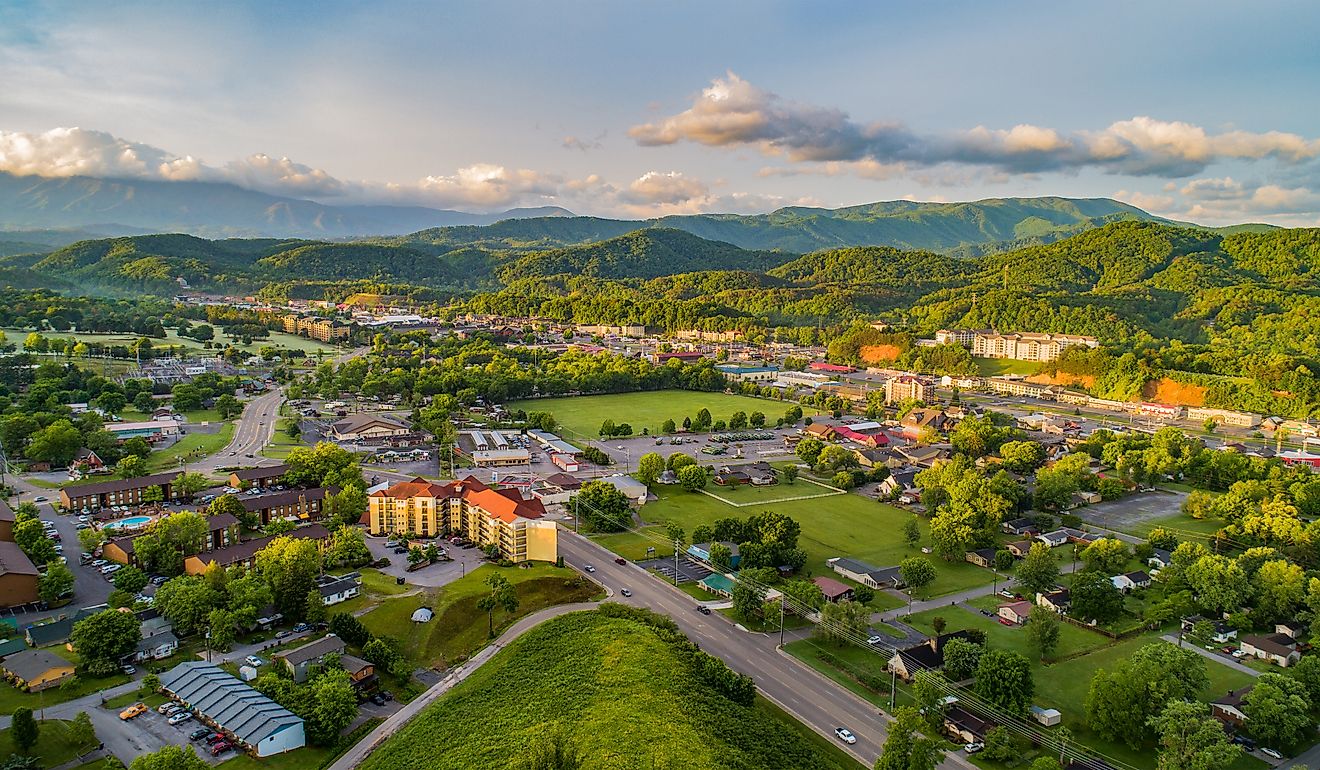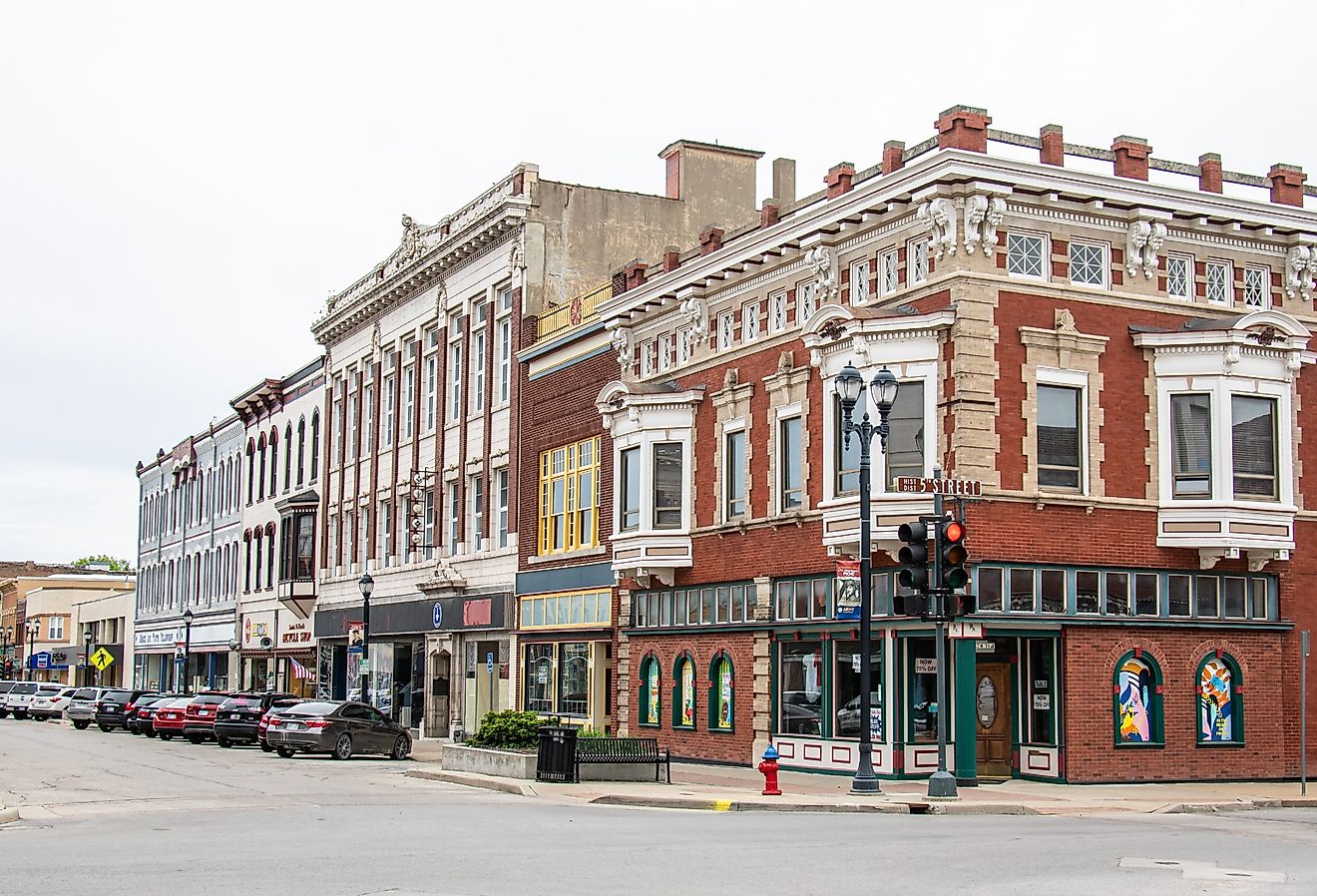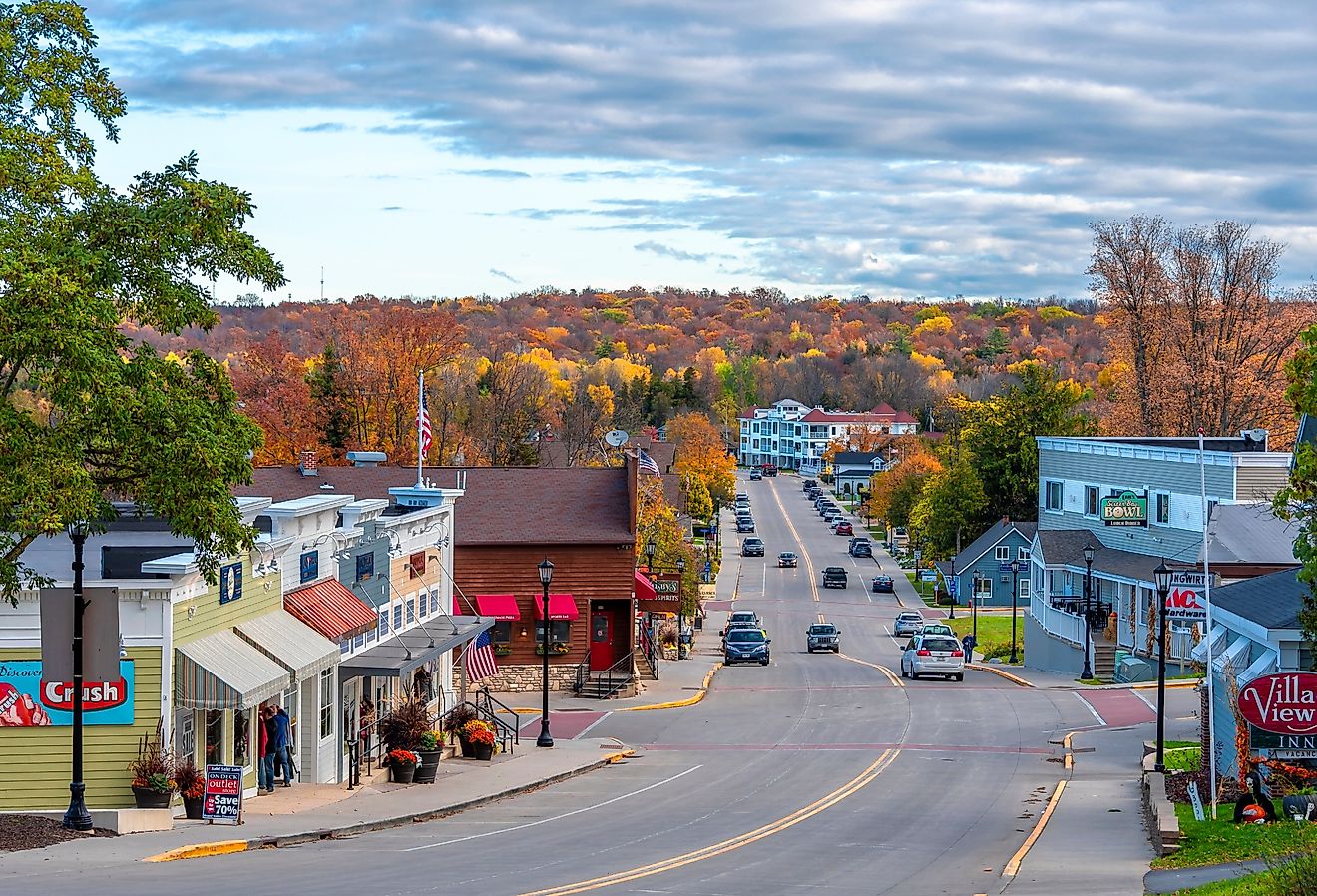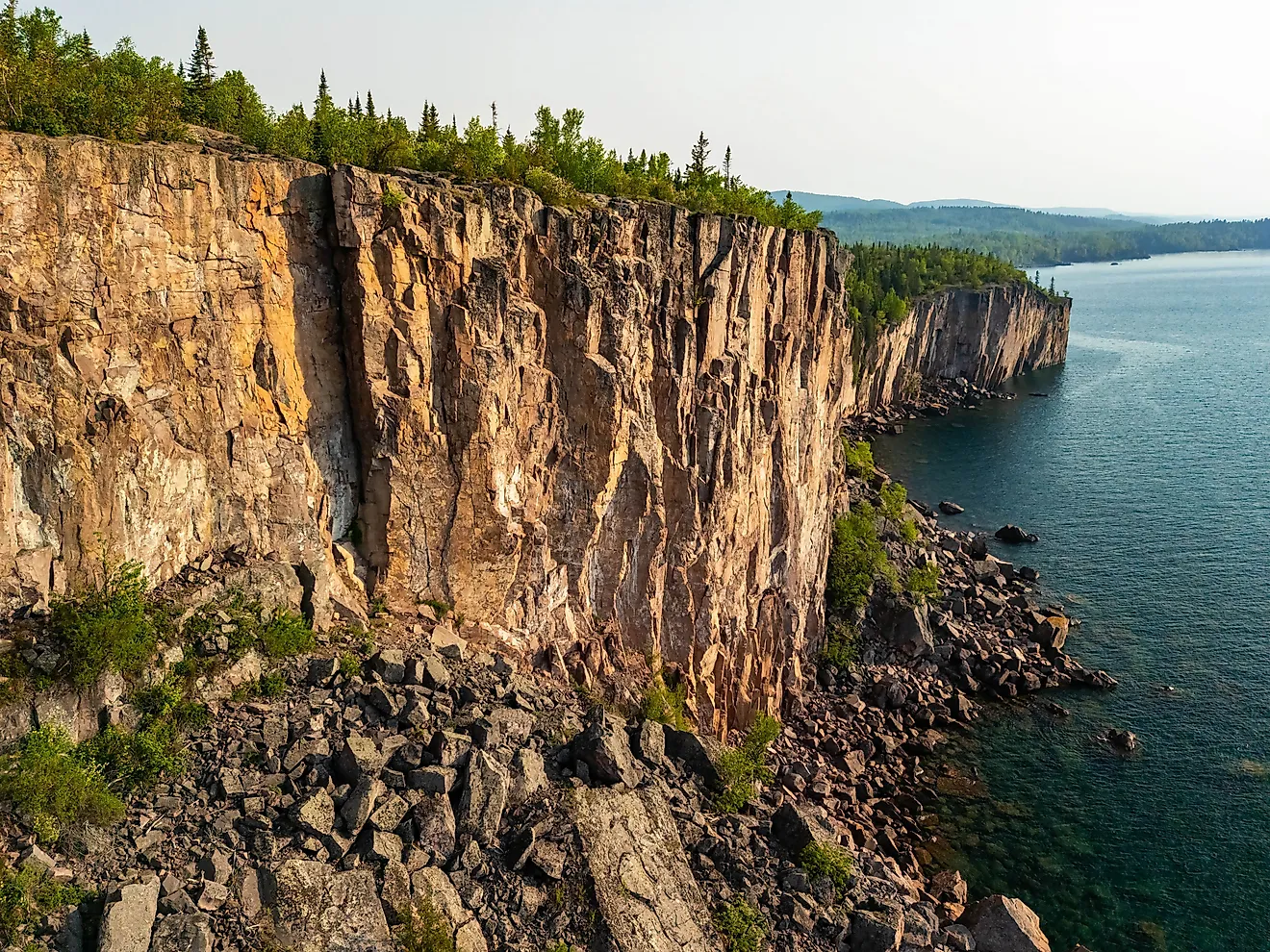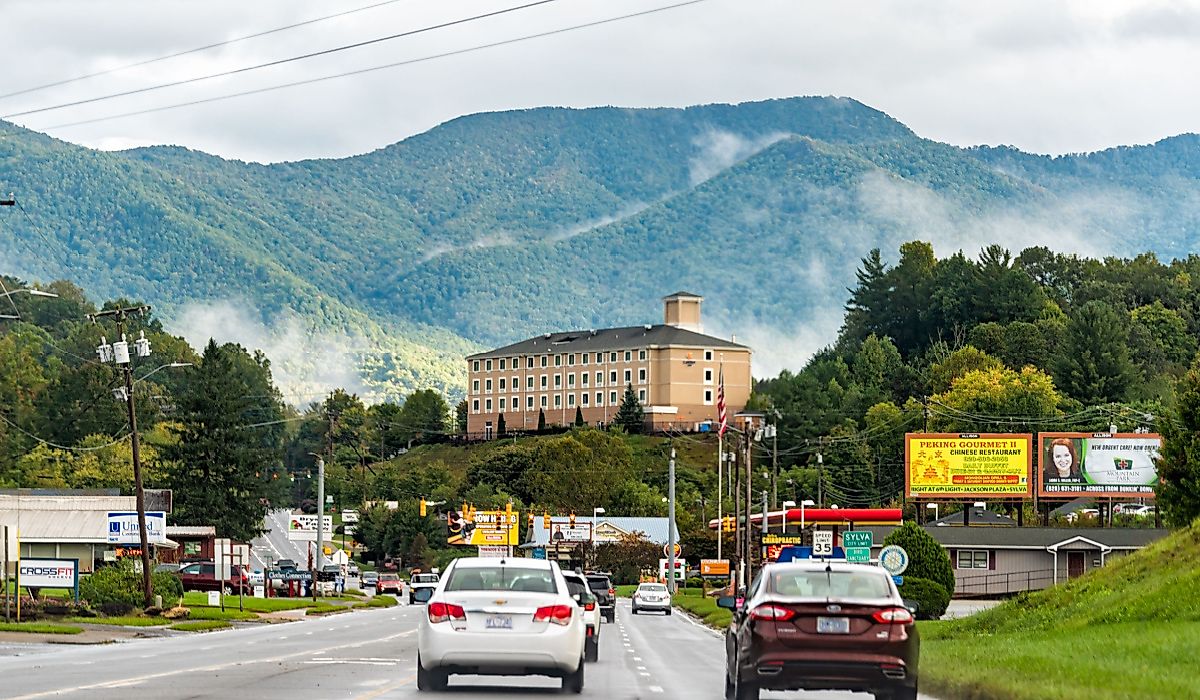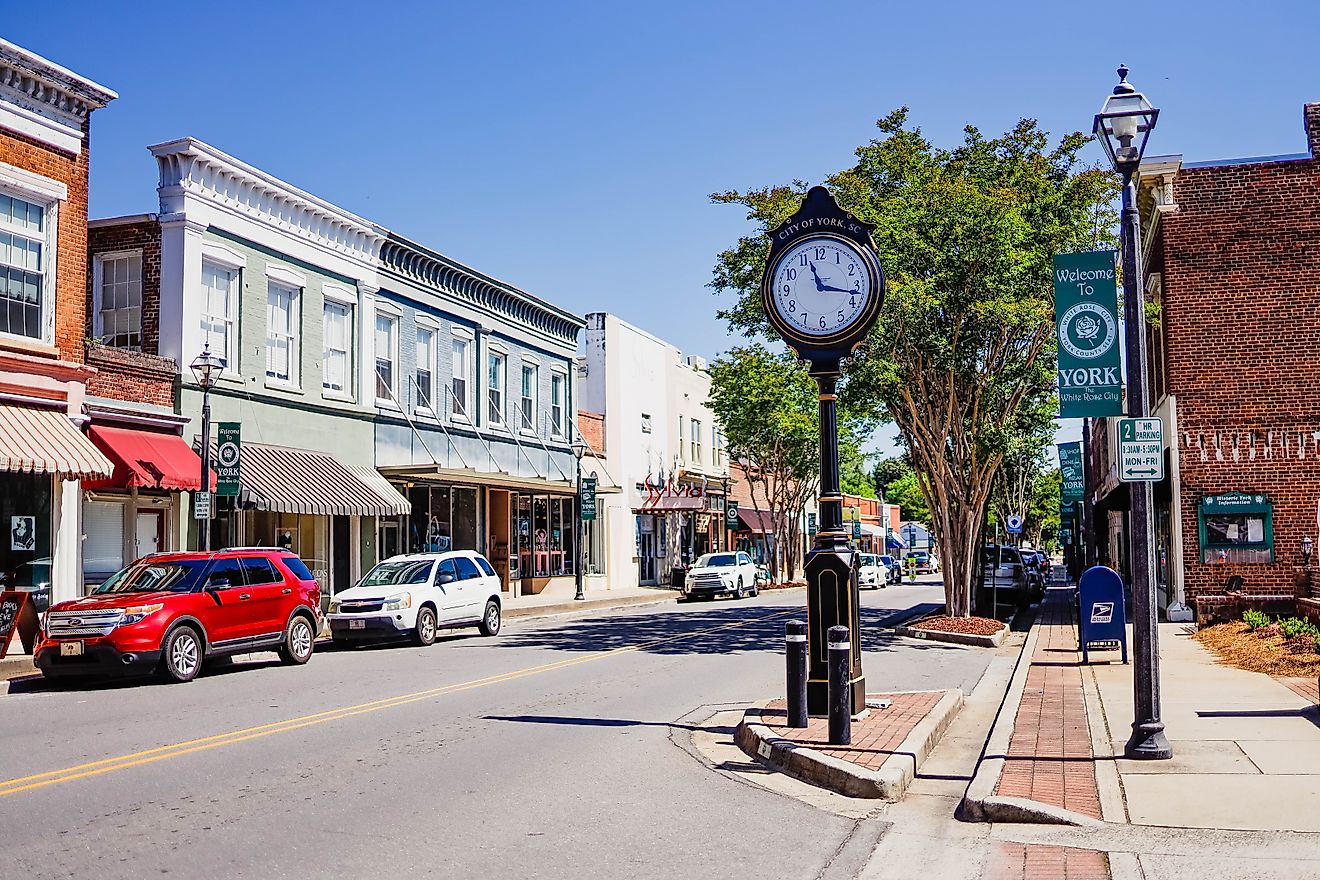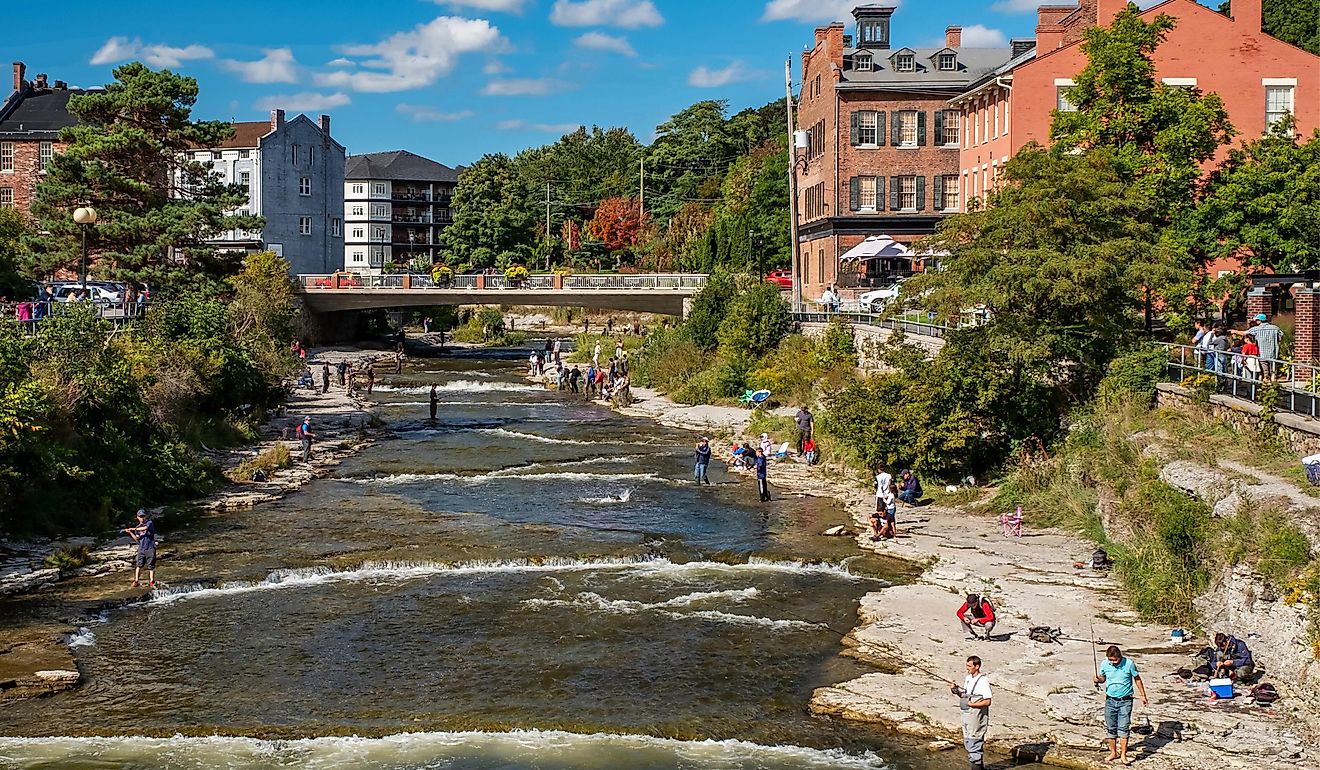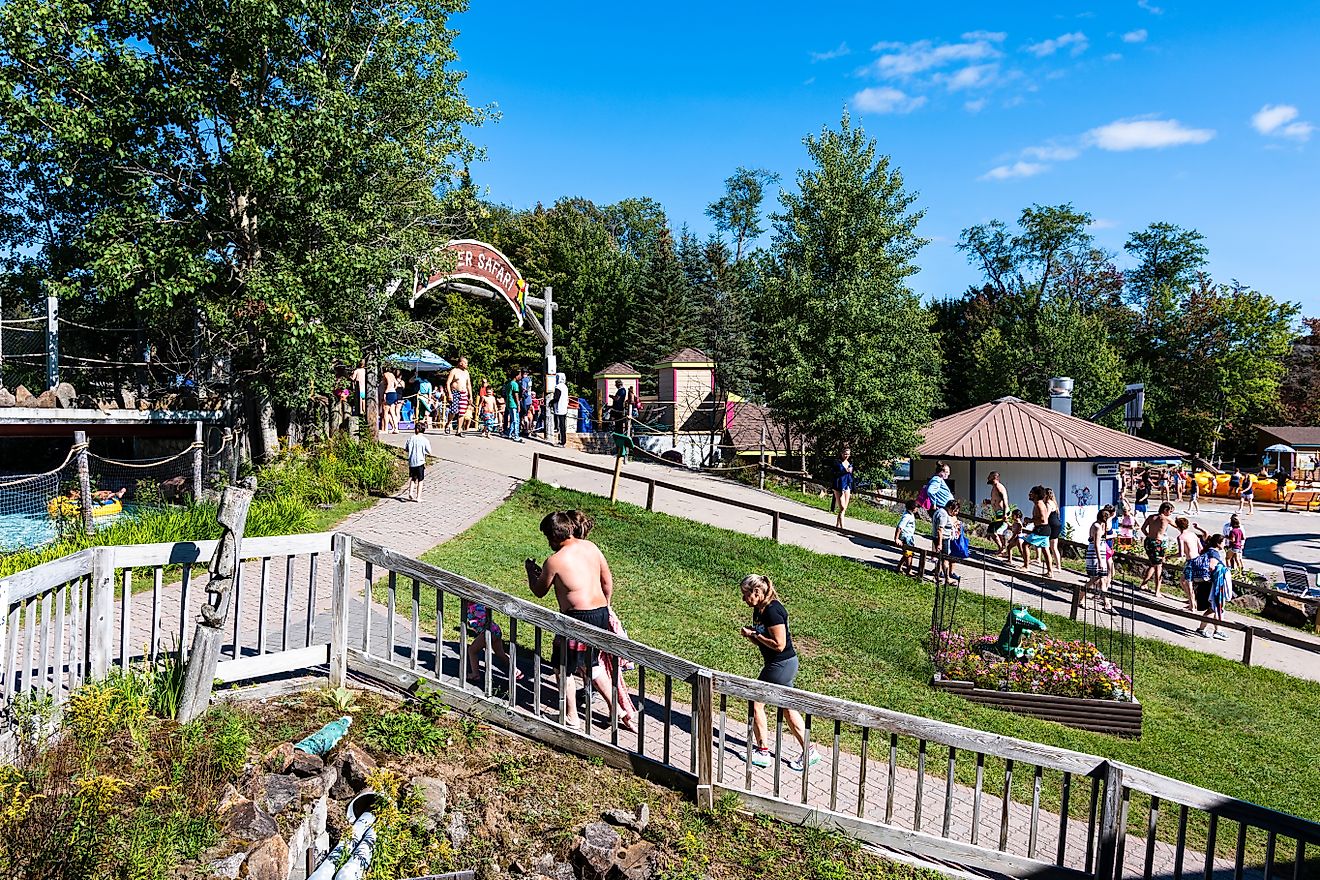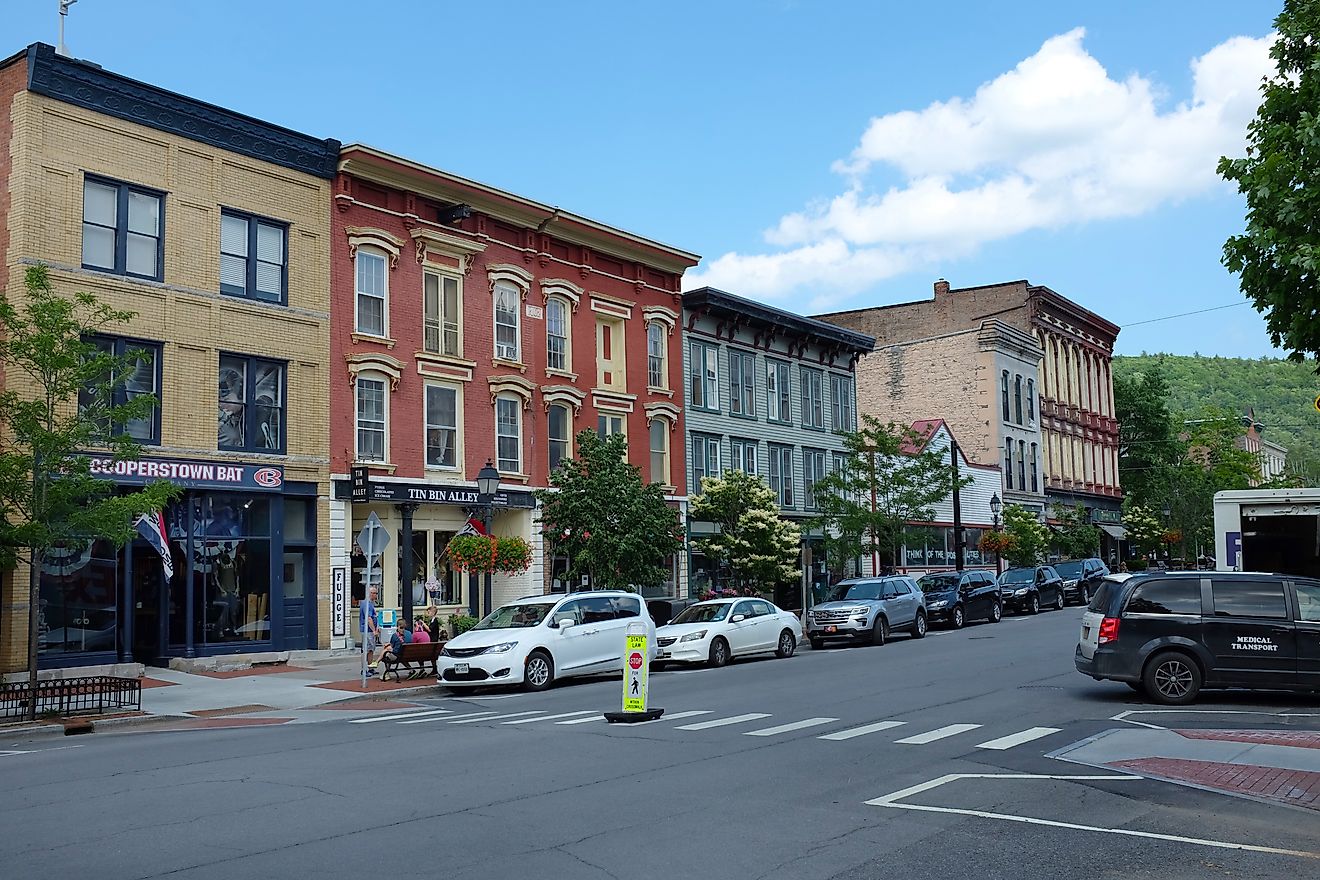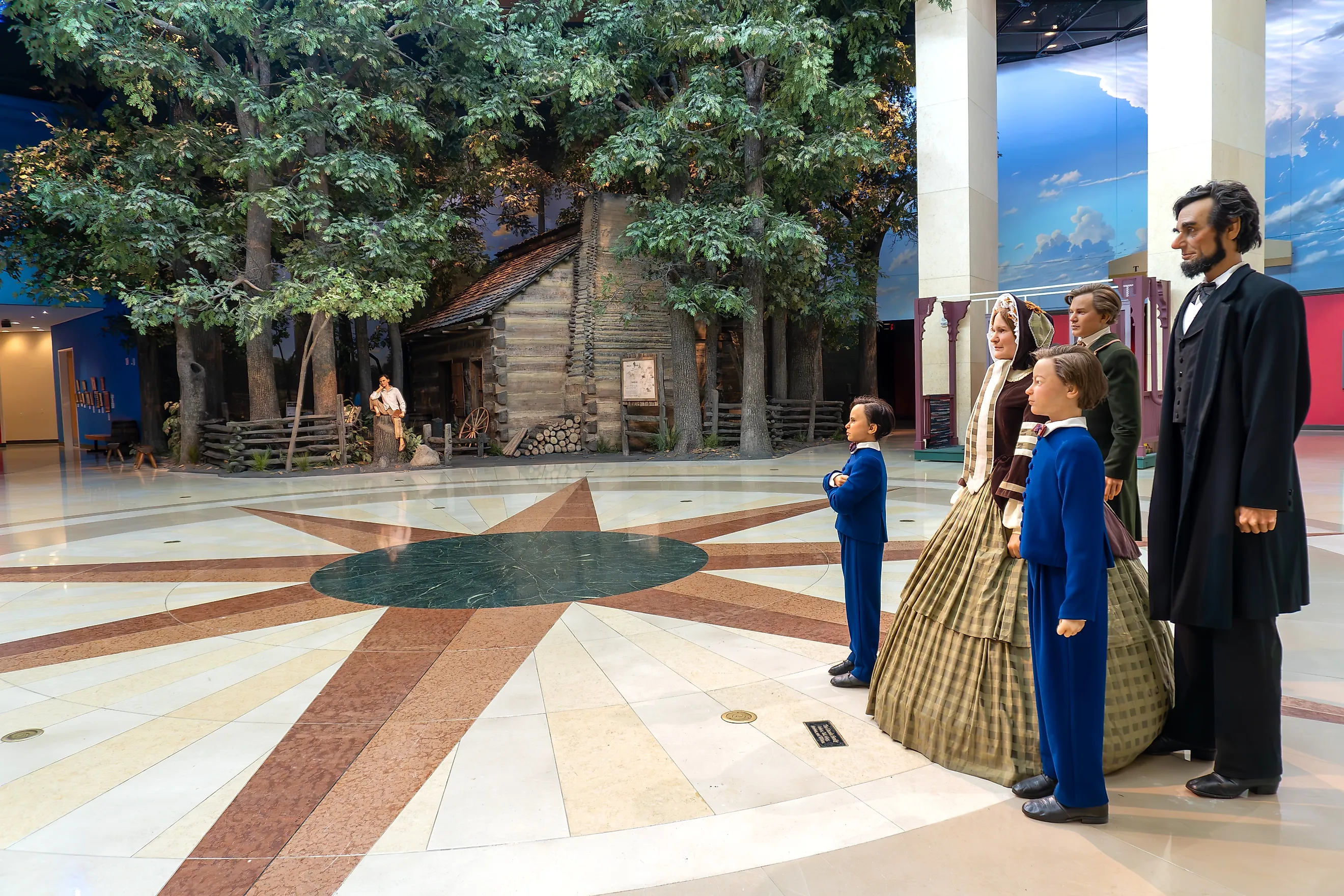
7 Best Attractions To Visit In Illinois
As the most populous state in the Midwest, Illinois combines architectural innovation, a variety of artistic scenes, and a diverse history into a single landscape. From prehistoric mounds near the Mississippi River to the glass towers of downtown Chicago, its attractions span literally centuries of human creativity and ambition. Museums, state parks, and cultural landmarks reflect both local identity and global influence in this bustling corner of the country, so here are our top recommendations if you want to explore Illinois in depth in the near future.
The Art Institute Of Chicago, Chicago
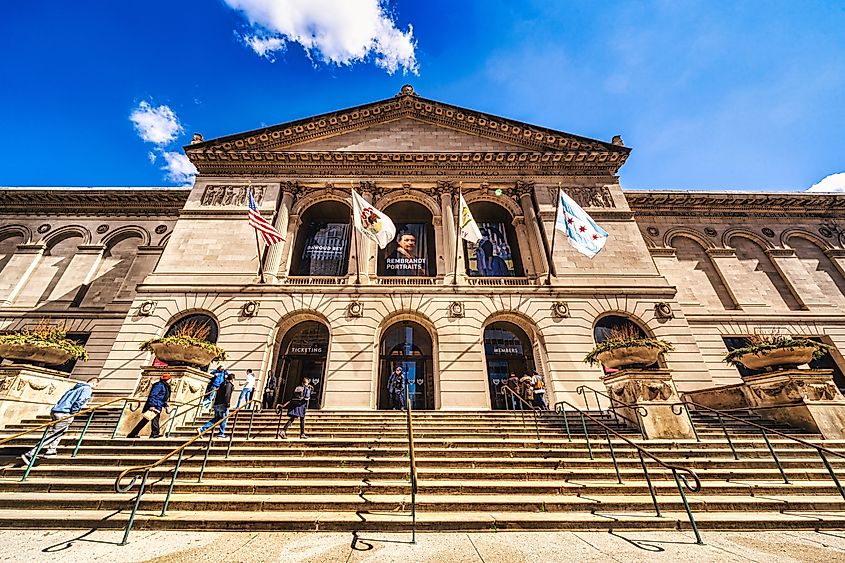
Founded in 1879, the Art Institute of Chicago ranks among the oldest and most respected art museums in the United States. Its collection exceeds 300,000 works, ranging from ancient artifacts to modern masterpieces. Here, you can see Grant Wood’s American Gothic, Georges Seurat’s A Sunday Afternoon on the Island of La Grande Jatte, and numerous works by Monet, Van Gogh, and Picasso. Moreover, the museum’s Thorne Miniature Rooms and Modern Wing draw particular interest as artistic pieces themselves, displaying the precision and wonderful architectural design of the building itself, along with the treasures inside it.
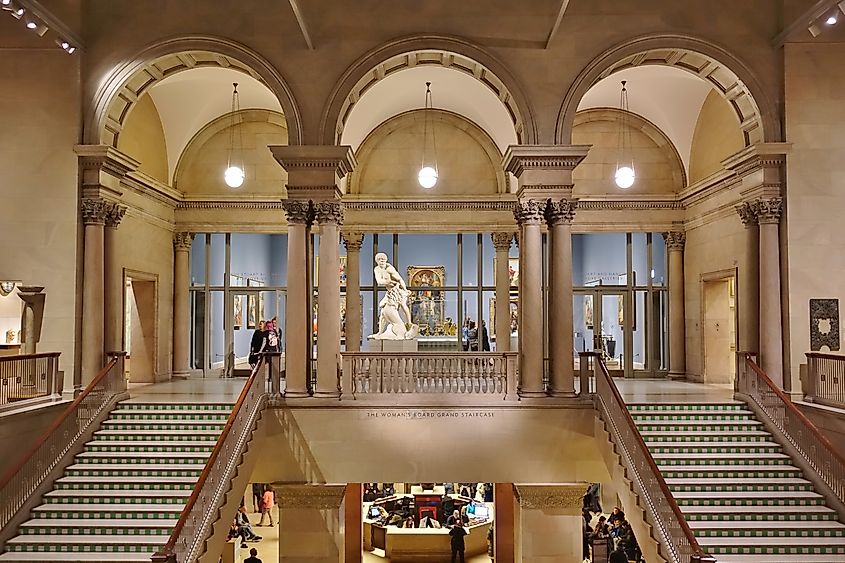
Beyond its permanent displays, the Art Institute maintains an active schedule of rotating special exhibitions, lectures, and educational programs, making it an enduring central institution in Illinois’s cultural and artistic scene, worthy of multiple visits. Located in Grant Park, the museum’s Beaux-Arts building is connected by the Nichols Bridgeway to Millennium Park, another world-class attraction.
Starved Rock State Park
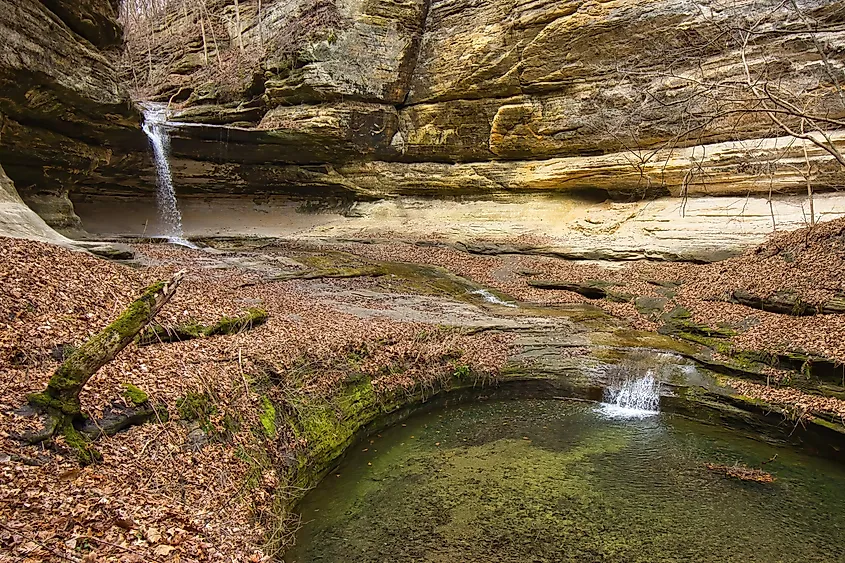
Located along the Illinois River near Oglesby, Starved Rock State Park is one of the state’s most visited natural landmarks. The park features 18 deep canyons carved by glacial meltwater, with a number of waterfalls that are especially active in spring and after heavy rains. More than 13 miles of trails can be explored in and around the canyons, leading through other pristine fixtures, like forested bluffs and to scenic overlooks such as Lover’s Leap and Eagle Cliff. The area is also known for being home to numerous bald eagle populations during the winter months, attracting birdwatchers from across the Midwest.
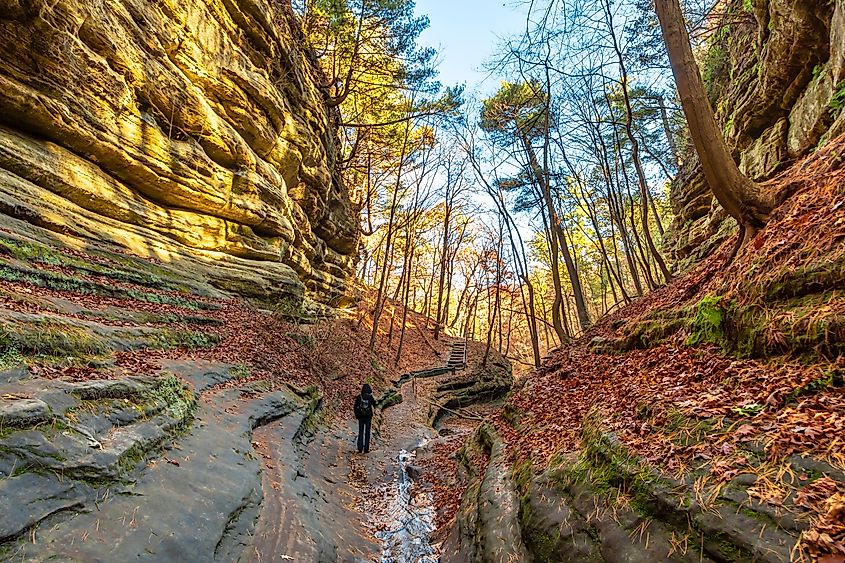
Be sure to check out the Starved Rock Lodge, too, built in the 1930s by the Civilian Conservation Corps. The longstanding structure remains a National Historic Landmark and a central feature for visitors seeking both dining and accommodations while in the area. The site also boasts lots of archaeological significance, with evidence of Native American habitation dating back thousands of years. With that, Starved Rock continues to serve as both a natural and historical centerpiece of northern Illinois.
Abraham Lincoln Presidential Library And Museum, Springfield
Sitting in the state capital of Springfield, the Abraham Lincoln Presidential Library and Museum provides an in-depth look at the life and legacy of the 16th President of the United States. Opened in late 2005, it combines traditional exhibits with modern multimedia presentations to tell Lincoln’s fascinating story, from his frontier childhood to his presidency and ultimate assassination.
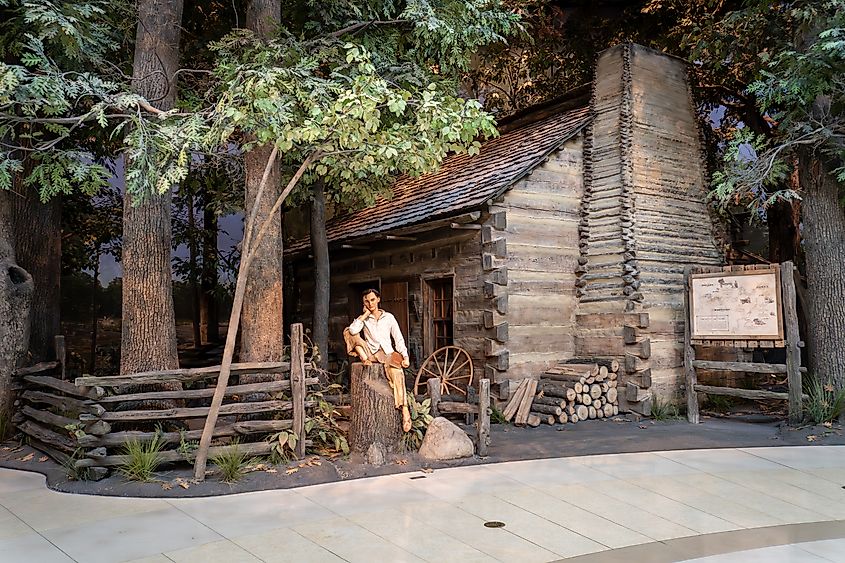
This museum’s key exhibits include life-size dioramas of Lincoln’s boyhood cabin, the White House during the Civil War, and more in regard to this iconic man's life. Furthermore, the adjoining library houses an extensive archive of historical documents, manuscripts, and photographs related to Lincoln and broader Illinois history. Various educational programs and rotating exhibits also attract scholars and the general public alike.
Situated in downtown Springfield near other Lincoln-related landmarks, this top-tier museum serves as a major interpretive center for understanding the political and personal tales of one of America’s most studied figures.
Cahokia Mounds State Historic Site
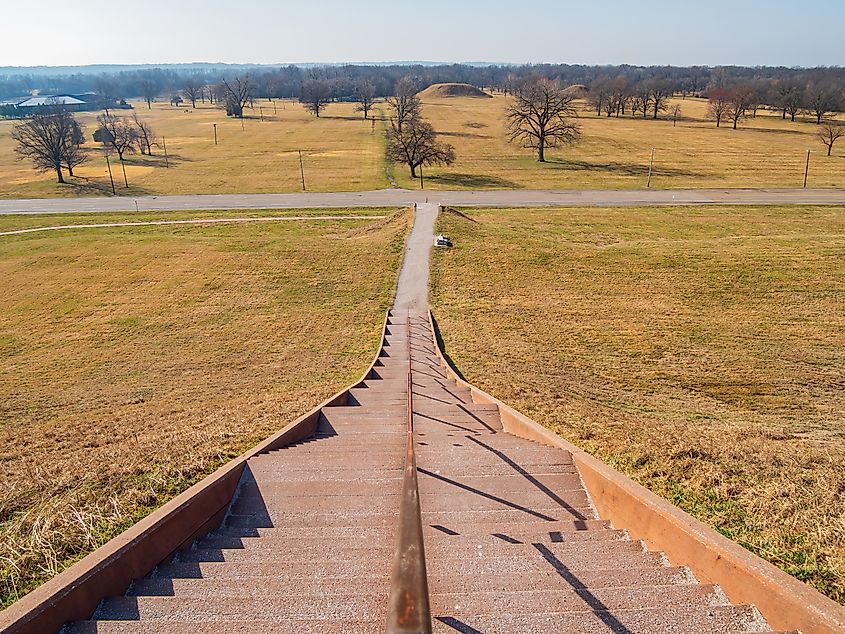
The Cahokia Mounds State Historic Site preserves the remnants of the largest pre-Columbian city north of Mexico. At its height around 1100 CE, the settlement covered six square miles and supported an estimated population of 10,000 to 20,000 people! It now includes more than 70 still-standing earthen mounds, with Monks Mound, the largest, rising 100 feet and covering 14 whole acres.
Archaeological findings reveal a complex society engaged in trade, agriculture, and ceremonial activity. The local Interpretive Center features many reconstructed artifacts, maps, and models illustrating the urban layout and daily life of the Mississippian people. A network of walking trails will then guide you through key sections of the ancient city, including notable residential and ceremonial areas.
Recognized as a UNESCO World Heritage Site, Cahokia Mounds is a very cool spot to gain unique insight into Indigenous urban development long before European contact, making it one of the country's most significant archaeological and historical attractions in general.
Field Museum, Chicago
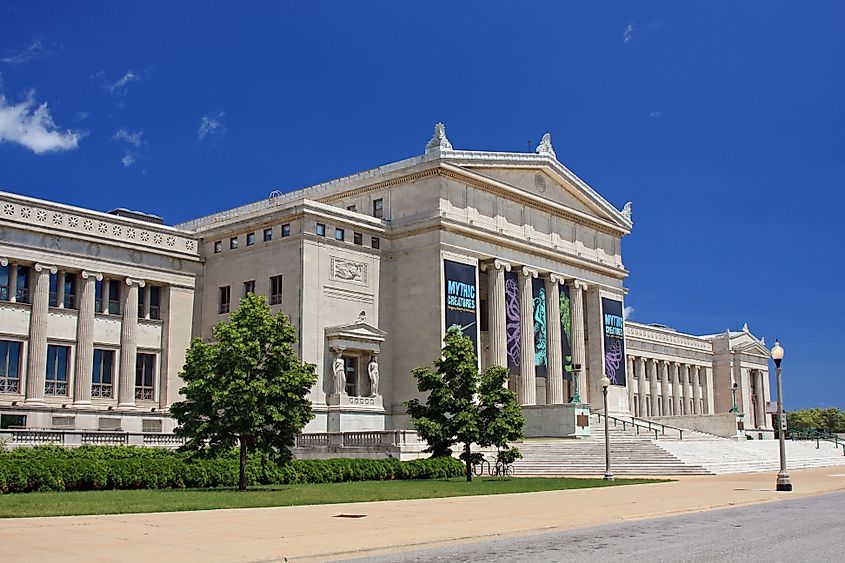
A towering skeleton of Sue the T. rex will greet you the moment you enter Chicago’s renowned Field Museum, setting the tone for one of the world’s largest natural history collections. Founded in 1893, the museum spans subjects from ancient Egypt to deep space exploration. It appeals to all kinds of curious minds, with anthropology exhibits that reconstruct entire civilizations, while the Evolving Planet hall traces four billion years of life on Earth.
This institution functions as an active research center as well, astonishingly housing over 40 million specimens used in ongoing scientific studies. Whether studying meteorites, taxidermy mounts, or DNA samples, the Field Museum remains an important working archive of the earth's history, turning scientific discovery into something the public can see, question, and understand firsthand. If you are a fan of museums of any sort, this is an absolute must-visit while in the Windy City.
Anderson Japanese Gardens, Rockford
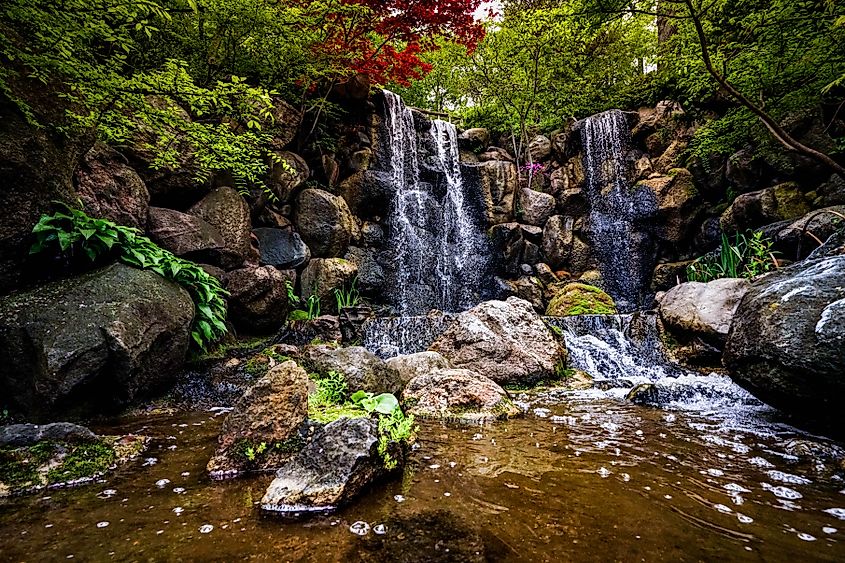
Japanese gardens can be found in cities all across North America, with the Anderson Japanese Gardens in Rockford being a true standout, covering twelve acres of streams, koi ponds, and carefully arranged stonework modeled after traditional Japanese design principles. The gardens operate as a nonprofit, maintaining a mission centered on reflection, education, and community engagement
Landscape architect Hoichi Kurisu developed the site in the late 1970s, transforming a once private residence into one of the most authentic Japanese gardenscapes on the continent. Every element, be it the maple trees, bridges, lanterns, or waterfalls, is positioned to emphasize balance and tranquility. To add to this, seasonal events, from tea ceremonies to bonsai workshops, connect its visitors to cultural traditions as much as to the landscape itself. Definitely check this place out if you are looking for a peaceful spot to clear your mind.
Cloud Gate, Chicago
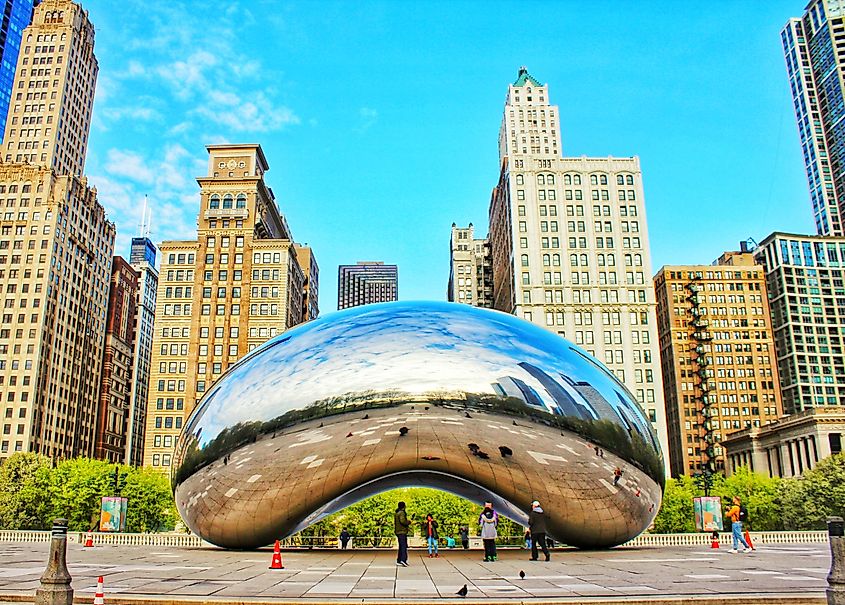
Cloud Gate, more commonly known as “The Bean” (for obvious reasons), is among the most recognized public art installations in the world. Though minimalist in concept, the piece's engineering is quite complex, with its structure supported by an internal steel frame that allows for its smooth, notably uninterrupted curvature. Installed in 2006 in Chicago’s Millennium Park, the sculpture was designed by British artist Anish Kapoor and constructed from 168 stainless steel plates seamlessly welded together.
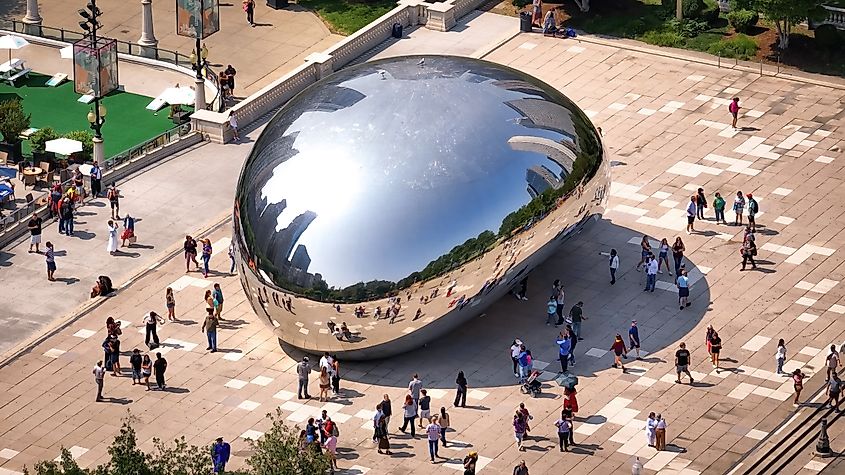
The 33-foot-high, 110-ton form brilliantly reflects the nearby city skyline and clouds above, creating an ever-changing visual experience depending on weather, light, and wherever you're standing. You even have the ability to walk beneath its central arch, where the polished surfaces can distort reflections into eye-catching abstract patterns. Although your experience with Cloudgate may be brief, it is widely considered a must-see while in downtown Chicago, and a highly popular spot for a photo or two.
See All That The Land Of Lincoln Has To Offer
Illinois hosts a spectrum of experiences that appeal to history enthusiasts, art lovers, and outdoorsy people alike. Its many landmarks, ranging from prehistoric sites and presidential museums to modern architectural icons, demonstrate the state’s prominent role in shaping American culture and innovation across multiple centuries. Each of the destinations above provide insight into the people and events that have influenced the region, and simply offer a plethora of interesting sights and sounds for travellers, too.
